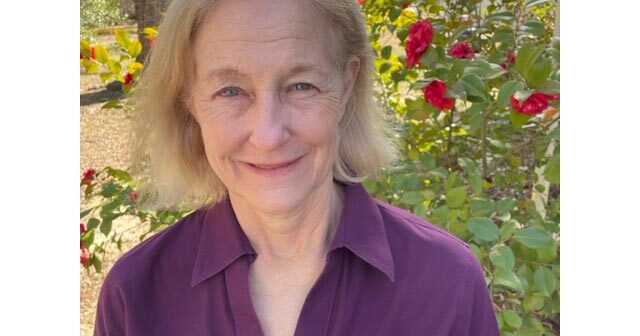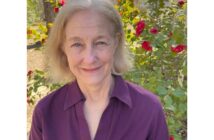There is a growing movement across the United States to stop renewable energy companies from desecrating rural land and harming our way of life.
Now many residents in Nottoway are joining this effort as we fight back. I guess dead whales washing up on the shores of the East Coast, probably from offshore wind turbines, and the co-founder of Greenpeace saying in an interview that his group now was a “racket peddling junk science” and fearmongering to help fundraise has had an impact.
The Nottoway Board of Supervisors and the Planning Commission are finalizing their Comprehensive Plan, which includes an ordinance on solar. Meanwhile, companies like Solunesco are awaiting word on whether they will be able to build an industrial facility at Dickerson Creek, an area of 2,300 acres where 700 will be allotted for 400,000 panels.
Last week I drove out to look at the land: scruffy forests with signs of spring on the way; rolling hills; old and new homes nearby. What will the impact be on the soil, water, animal migration, hunting, and fishing with a site placed here?
According to the Department of Recreation and Conservation, this area has some of the most important ecological areas in our county. This land provides ecosystems which help maintain water quality in the Nottoway River, not to mention providing habitat for all life in the river, including endangered species.
(By the way, the term “solar farm” is an oxymoron. This is just a touchy-feely public relations phrase; they are industrial sites.)
These “farms” will create wastelands once trees, bushes, and root balls are taken out – to say nothing of the impact from massive construction with the removal of topsoil, blasting, building roads.
Then, there is the issue of toxic waste. Imagine the problem with solar waste landfills. The International Renewable Energy Agency (IRENA) calculates that by 2050, the disposal of unusable panels will make up more than double the tonnage of all today’s global plastic waste.
Remember: Solar panels don’t produce energy during nighttime and bad weather, so they have to be backed-up all the time by fossil fuels; they need batteries. And those batteries will need lithium, graphite, and nickel, so more mining, transportation, and storage, thus more environmental impact.
The solar industry is powered by a Big Tech demand and subsidized federal tax credits. These companies buy RECs (Renewable Energy Certificates) and claim they are 100%-run by renewables although they are still connected to electric grids using fossil fuels. Only a fraction of these companies’ power comes from solar and wind. In turn, the federal tax credits and subsidies encourage industry to build solar plants.
On a final note, a retired flight medic recently told me when he and his crew were flying near a solar farm, a few were temporarily blinded in their helicopter. He said the reflection was like a strobe light in his eyes, and thank heavens they were on autopilot and later changed their route. How would this affect pilots and aircraft at Fort Pickett?
When the time comes, I think our Planning Commission and Board of Supervisors should state that industrial sites should be relegated to brownfields (previously developed land, could be contaminated); industrial areas; and commercial and residential rooftops. Not vast acres of forest and farmland.
In the meantime, let’s see what happens in surrounding counties. We may be able to learn from their mistakes.
In the future, I expect a representative from a solar company to write a Letter to the Editor refuting everything I’ve written. This is nothing new. In one meeting, an employee declared residents like me didn’t know our facts and “were spreading misinformation.”
I encourage Nottoway residents to study the website organized by Citizens for Responsible Solar, the non-profit which has had so much success protecting Culpeper. (www.citizensforresponsiblesolar.org)
Later, drive by a “solar farm” and, on the way back, notice our beautiful land and think about our way of life.
Ask yourself this question, “What kind of place do I want to call home?”


